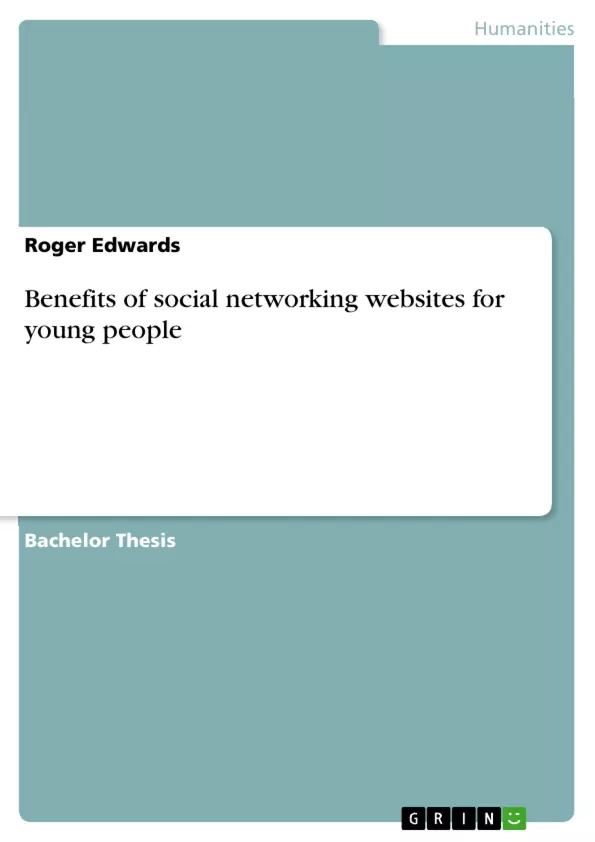The use of social networking sites (SNS) has been adopted and integrated into the daily lives of an increasing number of adolescents and young people overall are amongst its most prolific and substantial users. This study discuss a number of issues related to the use of social media and social networking sites such as; why do young people mass to such sites? What do young people express on these SNS? And lastly, how do these sites enhance or fit into the lives of young people?
Much has been said regarding the risk management paradigm with regards to social media use by young people therefore this study attempts to readdress this imbalance and focus on the perceived benefits; however it did not ignore the potential contents and contact risk which was also explored. This study found that there are a number of significant benefits associated with the use of SNS including: enhanced learning opportunities; facilitating supportive relationships; identity formation; not to mention its contribution towards the emotional, psychological and social wellbeing of young people.
Table of Contents
- CHAPTER I: INTRODUCTION.
- CHAPTER 2: LITERATURE REVIEW
- CHAPTER 3: METHODOLOGY
- CHAPTER 4: RESULTS AND DISCUSSION.
Objectives and Key Themes
This study aims to investigate the perceived benefits of social networking site (SNS) use by young people. It seeks to answer the questions of why young people use SNS, what they express on these platforms, and how these sites enhance their lives. The study endeavors to challenge the prevailing risk management paradigm regarding SNS use and provide a more balanced perspective on its potential benefits.
- The perceived benefits of SNS use by young people
- The role of SNS in enhancing learning opportunities
- The impact of SNS on identity formation and social relationships
- The contribution of SNS to the emotional, psychological, and social well-being of young people
- The importance of considering young people's perspectives on SNS use
Chapter Summaries
- CHAPTER I: INTRODUCTION. This chapter introduces the topic of social networking sites (SNS) and their prevalent use among young people. It defines key terms such as SNS and social media, discusses the challenges of defining "young people," and outlines the study's focus on Facebook as a primary SNS platform. The chapter also highlights the existing research literature's focus on risk management and the need for a more balanced perspective on the benefits of SNS use.
- CHAPTER 2: LITERATURE REVIEW. This chapter provides a comprehensive review of existing research on the use of SNS by young people. It examines key findings, theoretical frameworks, and methodological approaches employed in previous studies. This chapter aims to synthesize the current understanding of SNS use within a broader context of youth development and socialization.
- CHAPTER 3: METHODOLOGY. This chapter outlines the research methods employed in the study. It details the data collection techniques, participants, and analysis methods used to explore the perceived benefits of SNS use by young people.
Keywords
This study focuses on the use of social networking sites (SNS) by young people, particularly Facebook, exploring the perceived benefits of these platforms. It examines key concepts such as identity formation, social relationships, learning opportunities, emotional well-being, and risk management. The study draws on existing literature and research on adolescent development, social media, and the digital landscape.
- Quote paper
- Roger Edwards (Author), 2014, Benefits of social networking websites for young people, Munich, GRIN Verlag, https://www.grin.com/document/309199



